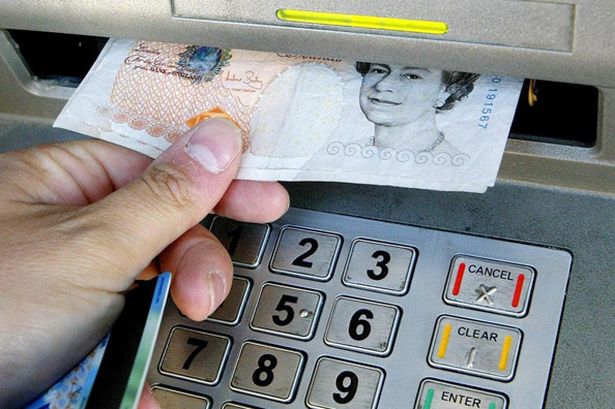 ATM fraud is increasing at a staggering rate, new data from Financial Fraud Action UK suggests. There were over 7,500 reported incidents of ATM card fraud in 2013 up until April – a substantial increase from the 2,553 reported in 2012 during the same time period.
ATM fraud is increasing at a staggering rate, new data from Financial Fraud Action UK suggests. There were over 7,500 reported incidents of ATM card fraud in 2013 up until April – a substantial increase from the 2,553 reported in 2012 during the same time period.
‘Shoulder surfing’ – a form of bank card information theft that involves the card thief spying over the ATM user’s shoulder – is the leading type of card crime. Thieves look over the victim’s shoulder as they enter their PIN code before distracting the victim, stealing their card as it exits the machine, and using it to withdraw cash.
The adoption of chip-and-pin security has decreased several forms of card fraud, as many thieves are unable to make simple copies of credit cards. What has increased, however, is the use of deceptive tactics and physical robberies to secure credit card information that’s later used for illegal money transfers and purchases.
Thieves are reported using psychological tricks to confuse victims into handing over their credit cards. After watching an elderly card user, scammers stole a card from a woman by asking her for change from her purse. As they helped her sort the change, they reported slipped out the card before using it to place several expensive bets.
The increase in ATM card fraud indicates the risks that many credit card fraudsters are willing to take in order to secure access to accounts. With chip-and-pin security making it near impossible to copy credit cards, the new standard appears to be theft of peoples’ cards – a potentially dangerous development.
Police recommend that ATM users shield the numerical pad from view while using the systems. ATM users are also recommended to be suspicious of ‘hovering’ ATM users that continually wait in line without using the machine.





